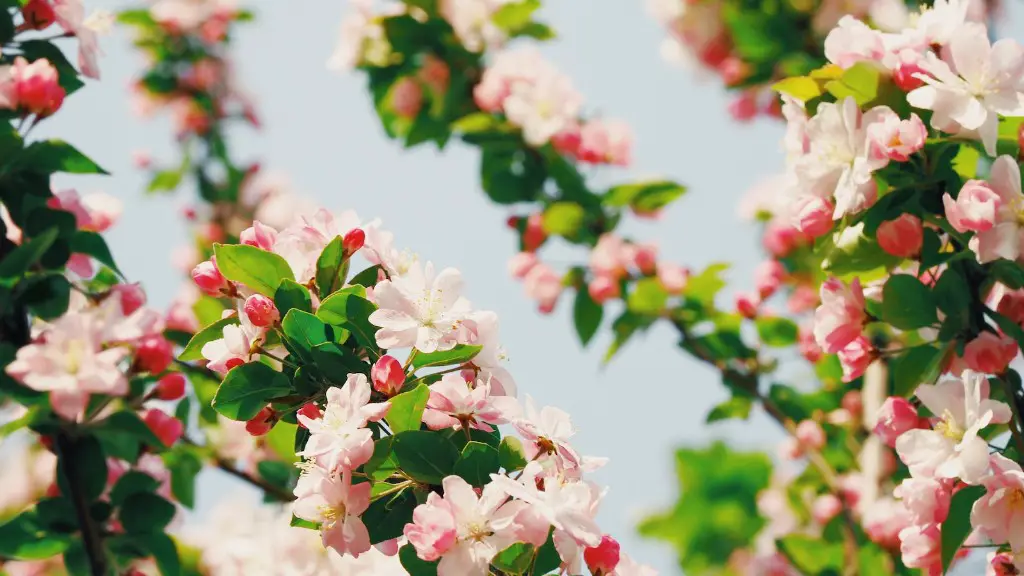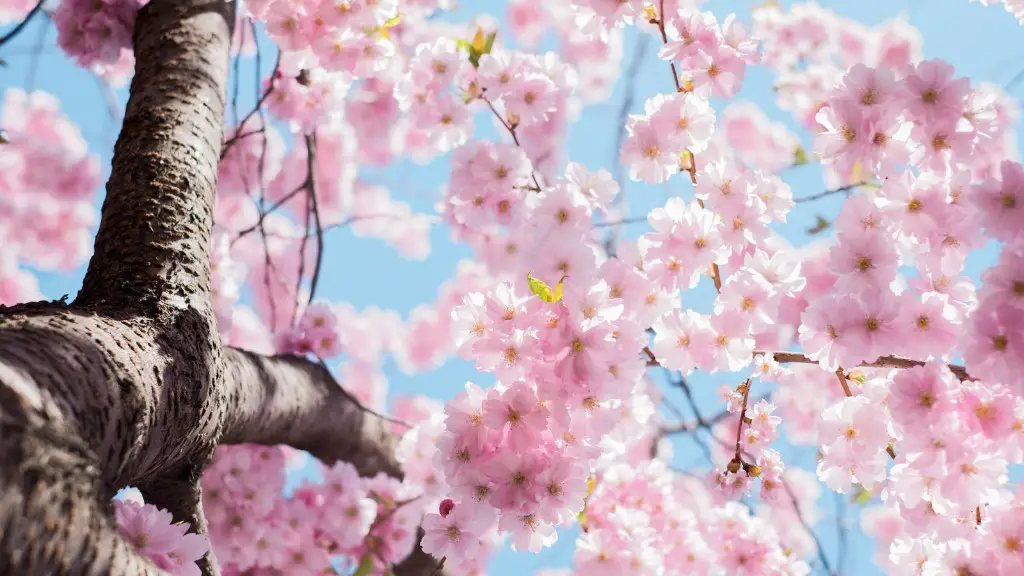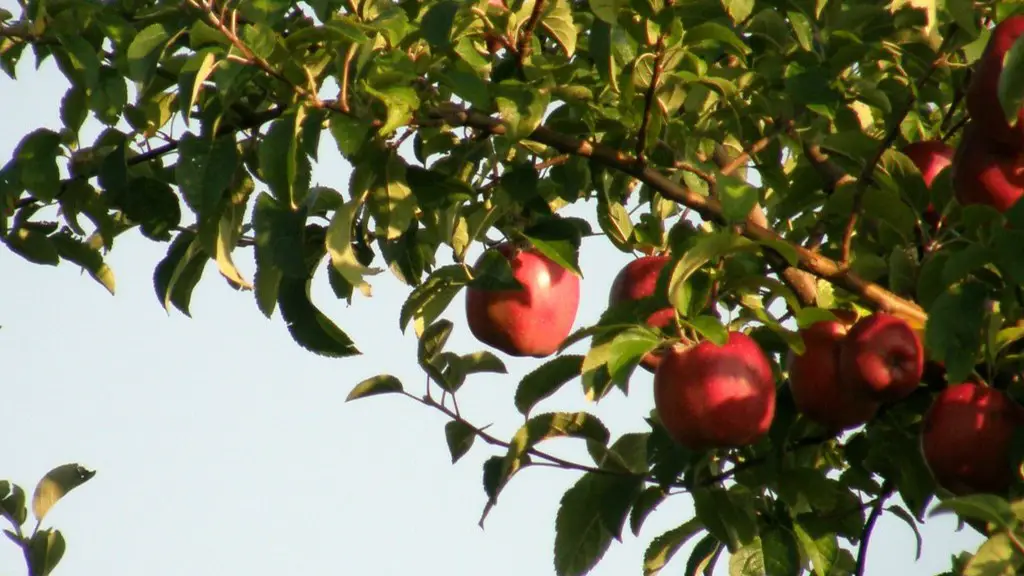Cherry trees, in particular the Japanese flowering cherry, are popular ornamental trees with their beautiful, showy bloom in springtime. Pruning cherry trees is essential for the health and yearly bloom of the tree. Although pruning is not a very difficult activity, one should follow the proper pruning guidelines to ensure the best results. Here is an overview of how to properly prune a Japanese flowering cherry tree.
Pruning at Planting Time
Generally, when a new cherry tree is first planted in the yard or garden, one needs to remove some of its branches. This actually helps to develop the tree’s structure and shape, as well as to stimulate growth. The rule of thumb here is, the more branches that are cut back when the tree is younger, the healthier and stronger the tree will be. Usually, experts recommend cutting the top branches by a third when transplanting a new tree.
Summer Pruning
Some pruning in the summertime is also required, such as the removal of dead, diseased, crossed and overcrowded branches. By doing this, the tree will be able to receive more sunshine and air circulation, as well as to develop more flowers in the next season. To achieve the desired outcomes, a further prune of up to 30 percent of the total branches may be needed.
Winter Pruning
Typically, the best time to prune cherry trees is during winter, as then the flower buds will have already emerged, enabling an effective assessment of the branches. Removing weak and damaged branches is recommended during this time, as this helps to open up the tree’s structure and encourages more blooms come springtime. In addition, experts generally advise pruning the scaffold branches that are too long and tapering so as to ensure that the cherry tree has a harmonious pyramid shape.
Tools for Pruning
Nevertheless, it is not recommended to prune a Japanese flowering cherry tree with regular garden shears as this may cause more damage than benefit. Instead, one should prepare a pair of bypass pruning shears and a small saw before starting. This is because bypass pruners can slice through branches up to one and a half inches in diameter without causing too much of a stress to the rest of the tree.
Know the Benefits and Drawbacks of Pruning
Pruning is a necessary activity of many types of trees, including the Japanese flowering cherry. By pruning it regularly, the tree will be able to achieve a defined structure and healthy development, which can lead to more lavish and beautiful flowers in springtime. However, one should bear in mind the drawbacks of excessive pruning. Unexpectedly, over-pruning can weaken the tree and make it more vulnerable to diseases and parasites.
Seek Expert Opinions
Before starting pruning a Japanese flowering cherry tree, one should understand its pruning principles and be aware of the benefits and drawbacks of pruning. When in doubt, one should consult professional arborists for advice, as tree pruning is a complex activity and could cause irreparable damage if mishandled. By seeking knowledgeable opinions, the health of the tree will be kept intact.
Rejuvenation Pruning
Sometimes, a cherry tree may suffer from a lack of vigor or even die off due to poor growing conditions or lack of care. In such cases, rejuvenation pruning would be necessary, which involves removing all or most of the main branches to encourage new growth. This is usually done over several years, and can lead to the renewal of a previously weak or dead tree.
Proper Watering and Fertilizing
Apart from pruning, regular maintenance such as proper watering and fertilizing is essential for the health and bloom of the Japanese flowering cherry tree. Generally, experts recommend that this type of tree should be watered at the base for an hour or two once a week, and fertilized once every three months. The soil should also be covered with a mulch layer to help control weeds and to keep the ground moist.
Pruning During Flowering Period
Generally, it is not recommended to prune a Japanese flowering cherry tree during its flowering period. This is mainly because pruning while the tree is in bloom may restrict the growth of new buds and interfere with the flower production during the following season. It is usually advised to wait until the petals of the flowers have all fallen off before one begins pruning.
Train the Branches
Pruning can also help to create strong and attractive branches on the tree. This is usually done by lightly wiring the newly grown branches that are too long or not aligned properly. The wiring helps to strengthen the placement of the branches and to bring out the desired shape of the Japanese flowering cherry tree.
Encourage a Healthy Future
Finally, it is advisable to practice preventive pruning to ensure the overall health of the tree. Lopping off the tallest branches and crown-lifting are common preventive pruning approaches that help to open up the tree’s center, enabling more access to light and air. This is also beneficial for flower production as it stimulates the growth of more new buds.



